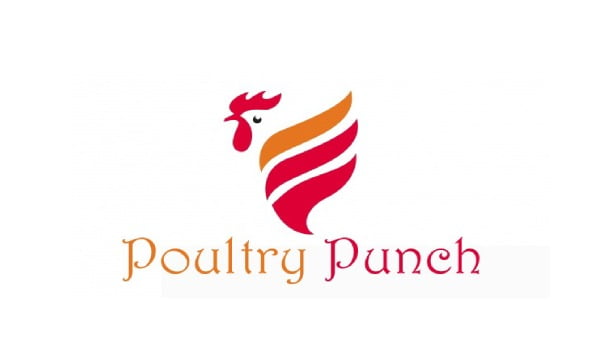PEGR: The emulsifier with wide scope in poultry
Dr Onkar Pawaskar & Dr Mangesh Sagar
Emulsifiers are in general being used to improve the digestibility of fats thereby improving energy efficiency which is highly important in recent times due to escalating feed costs in poultry nutrition. The use of fats and oils as important sources of energy is a hard reality which cannot be changed.
Polyethylene glycol ricinoleate is one of the top most hydrophillic emulsifier currently available in the market. This non-ionic nutritional emulsifier is stable in broad pH range and at high temperatures making it most suitable for pelleted feeds. PEGR on its own is un-influenced by salts or minerals in the intestinal tract giving it an edge over traditional (lyso) lecithin only products.
The natural emulsifiers in the body are limited due to the immaturity of the digestive system and unable to cope with the high energy additions in feed which makes use of external sources of emulsifiers through feed formulation an integral part of poultry nutrition so as to save this expensive energy resource. There is an excellent synergy between PEGR and naturally occurring bile salts.
Fats are of different sources and characteristics leading to differential digestibility. A higher level of FFA (usually found in several commercially available oil blends) is a major digestibility limiting factor. Due to rising feed prices use of such commercially available blends has become a common practice by several nutritionists. As is generalized the unsaturated fatty acids are easily digested as compared to the saturated fatty acids. Inclusion of more than 3% of such oils also has a negative impact on the feed production and it tends to produce low quality feed with soft pellets of low durability. The process of pelletizing feed requires the use of steam at conditioning however steam and oil have no compatibility. The emulsifiers are known to improve the feed production process by reducing the interfacial tension between two immiscible phases of oil and water leading to quality feed production.
HLB (hydrophilic-lipophilic balance) is the most commonly used parameter while choosing an emulsifier. As a thumb rule the water intake is twice as much as feed and therefore emulsifier with high HLB value (hydrophilic) is the natural choice while choosing a feed emulsifier. PEGR has a HLB value of 18 making it the ideal emulsifier. The energy saving effect of PEGR is highly pronounced when there is a higher FFA levels and also at a lower ratio of unsaturated/saturated fatty acids.



